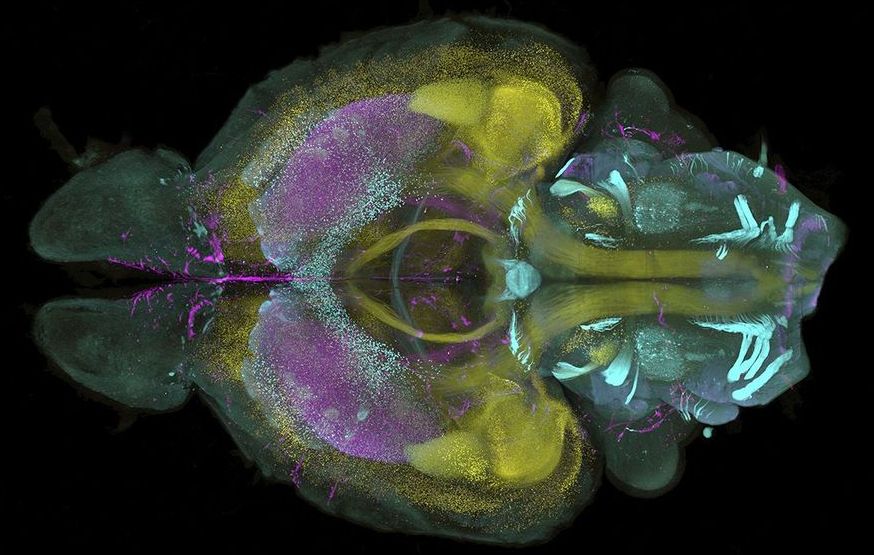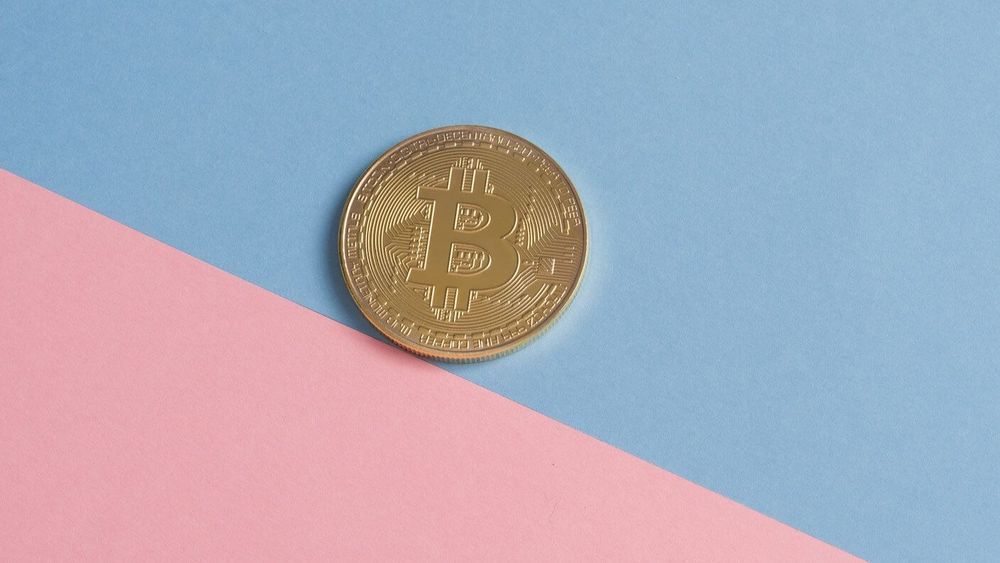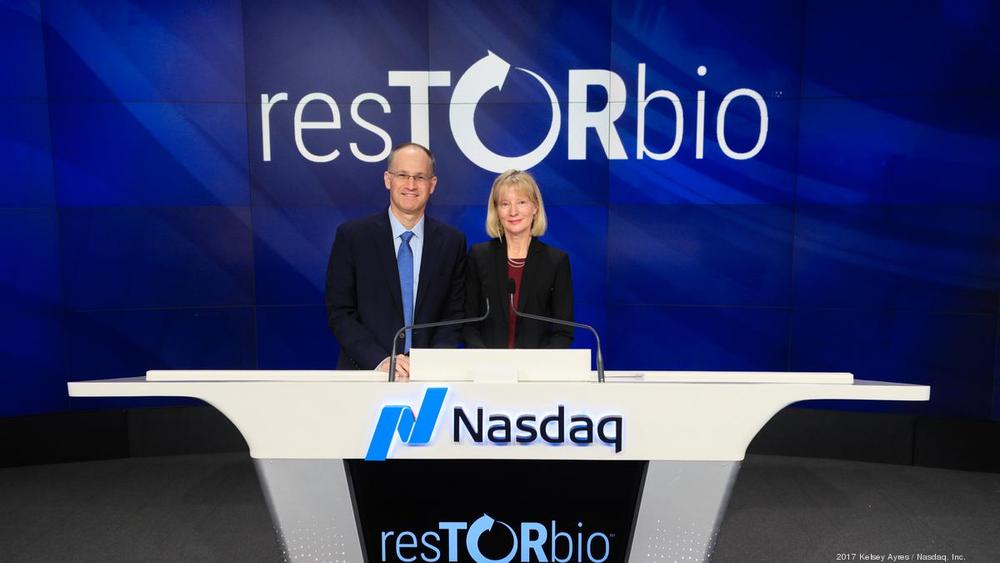Circa 2014
A wormhole with a long, thin throat could prop itself open long enough to let through pulses of light, offering a way to talk across time.


Elon Musk tweeted a complaint about Tesla’s share price that wiped $14bn off the company’s stock market value on Friday morning.
The seven-word tweet was the latest controversial outburst from the outspoken chief executive, whose outpourings on Twitter have landed him in hot water before. An incorrect claim in the middle of 2018 that he was close to a buyout of Tesla led to a complaint from the US Department of Justice and a settlement that involved Mr Musk agreeing not to issue market-moving tweets in future without first clearing them with his company’s legal department.
Tesla did not immediately confirm whether Mr Musk’s tweet had been given legal clearance, and did not respond to a question about whether the company currently has a general counsel. Tesla lost three general counsels last year, one of them quitting after only two months.


This is very surreal. A study was done to assess the safety of common drugs, and COVID, and whether taking them leads to severe symptoms. There has been concern as these drugs increase ACE2 receptors coronavirus binds to. So someone had the bright idea of going through over 12,000 digital patients records to come up with the conclusion the drugs are safe to take and they do not cause worse symptoms. No animal studies, no clinical trials, and this was actually published.
“For the study, the researchers identified patients in the NYU Langone Health electronic health record with COVID-19 test results. For each identified patient with COVID-19 test results, the team discretely extracted medical history needed for the analysis, which compared treated and untreated patients.”
First you do a mouse study at least to review how coronavirus behaves in mice who are given the drugs, and compare it to mice not given the drugs. If science has been reduced to just going over records and coming to a conclusion, with no experimentation I have officially lost my mind.
Despite concerns expressed by some experts, common high blood pressure drugs did not increase the risk of contracting COVID-19 — or of developing severe disease — in a study of 12,594 patients.
Published online May 1 in the New England Journal of Medicine, the study was launched in response to a March 17 joint statement issued by the American Heart Association, the American College of Cardiology, and the Heart Failure Society of America. It urgently called for research to answer a question raised by past studies: do high blood pressure (antihypertensive) drugs worsen COVID-19 patient outcomes?
Led by researchers from NYU Grossman School of Medicine, the study found no links between treatment with four drug classes — angiotensin-converting enzyme (ACE) inhibitors, angiotensin receptor blockers (ARBs), beta blockers, or calcium channel blockers — and increased likelihood of a positive test for COVID-19.

A cherry-red pickup truck in Carmel, Indiana runs on hydrogen without carrying any fuel cells. The engineer who developed this “hydrogen-on-tap” system hopes it can someday power cargo trucks and cruise ships worldwide.
The city of Carmel, Ind., has trucks for plowing snow, salting streets, and carrying landscaping equipment. But one cherry-red pickup can do something no other vehicle can: produce its own hydrogen.
A 45-kilogram metal box sits in the bed of the work truck. When a driver starts the engine, the device automatically begins concocting the colorless, odorless gas, which feeds into the engine’s intake manifold. This prevents the truck from guzzling gasoline until the hydrogen supply runs out. The pickup has no fuel cell module, a standard component in most hydrogen vehicles. No high-pressure storage tanks or refueling pumps are needed, either.
Instead, the “hydrogen-on-tap” device contains six stainless steel canisters. Each contains a 113-gram button of an aluminum and gallium alloy. A small amount of water drips onto the buttons, causing a chemical reaction that splits the oxygen and hydrogen contained in the water. The hydrogen releases, and the rest turns into aluminum oxide, a waste product that can be recycled to create more buttons. Back in the garage, the driver can replace spent canisters with news ones to replenish the hydrogen supply.
This robot contains the digitized brain of a worm, and without any outside input it just… works! Here’s what this could mean for the future of AI.
This Is How Your Brain Powers Your Thoughts — https://youtu.be/yxUkUaV2VPs
Thumbnail image courtesy of OpenWorm, Wormbase, and Caltech.
Scientists Put a Worm Brain in a Lego Robot Body — And It Worked
http://www.sciencealert.com/scientists-put-worm-brain-in-leg…connectome
“The ultimate goal of the project was to completely replicate C. elegans as a virtual organism. But as an amazing starting point, they managed to simulate its brain, and then they uploaded that into a simple Lego robot.”
These Robots Merge Their Nervous Systems Into a Single Megabot
https://www.seeker.com/tech/robotics/these-robots-merge-thei…le-megabot
“A group of small robots have taken teamwork to the next level, physically connecting and merging their nervous systems to become a single megabot with one “brain.” Researchers describe the robots and their “mergeable nervous system” in a paper published in the latest issue of Nature Communications.”
Will AI Destroy All Humans, or Help Us Build a Better Future?
Jukebox is a generative artificial intelligence model that can create music from raw audio. It’s probably a copyright nightmare.

To tackle this problem, researchers at the RIKEN Center for Biosystems Dynamics Research identified a gel that closely mimics the physicochemical properties of organs that have undergone the tissue clearing process. Starting with computer simulations and following up with laboratory tests, the team optimized the soaking solution temperature, dye and antibody concentrations, chemical additives, and electrical properties to produce the best staining and imaging results. They then tested their method with more than two dozen commonly used dyes and antibodies on mouse and marmoset brains.
Scans of an entire mouse brain and one hemisphere of a marmoset brain—rendered into 3D using light sheet microscopy—revealed the similarity between the two animals’ neural vascular systems, showing the use of the system for comparative anatomy, the researchers report this week in. They also showed that they could simultaneously stain and image up to four molecular targets in a mouse brain, a feat that “has never been reported before,” says Ludovico Silvestri, of the European Laboratory for Non-linear Spectroscopy, who was not involved in the research.
The team also used its technique to image an entire infant marmoset and a small human brain sample—something that could one day lead to new understandings of solid tumors and neurodegenerative diseases. The team says its approach to optimizing staining can be applied to other techniques to advance the entire field of 3D imaging.

